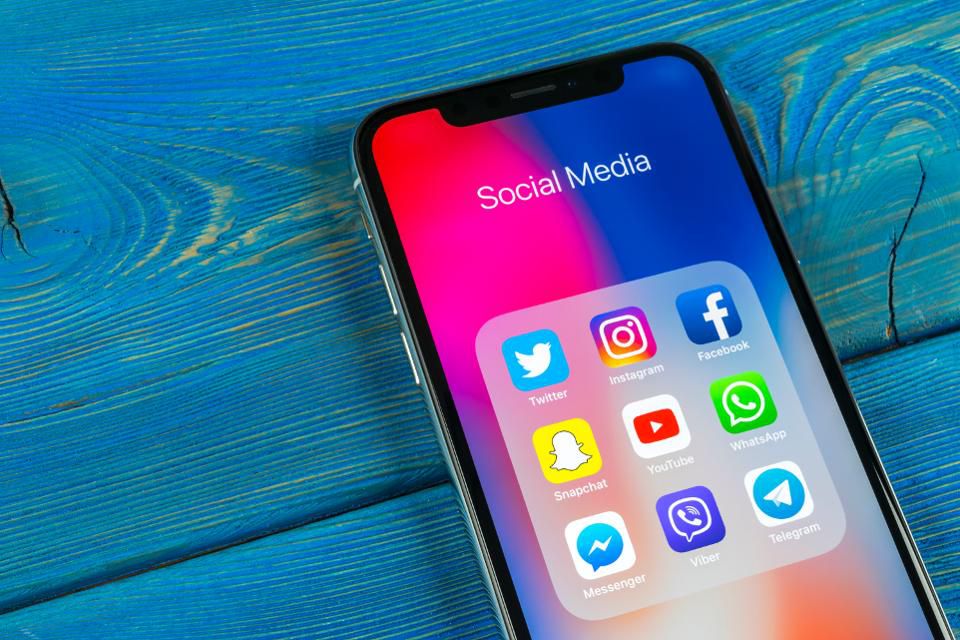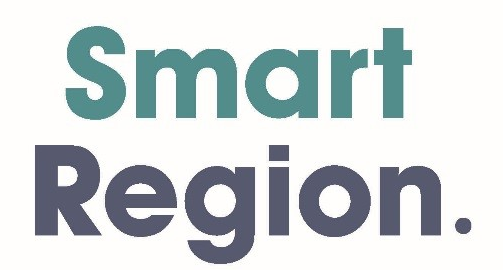Three Social Media Best Practices For Business Development
Entrepreneurs, business managers and even top CEOs all want to develop their businesses further — expand their reach to prospective consumers and turn them into loyal customers. While traditional media has been the go-to for decades, the dawn of social media has disrupted the way consumers buy and brands market.
When social networking burst into the scene in the early 2000s, brands and services didn’t know how to deal with it, nor did they consider it to be a successful business development tool. That, of course, has changed over the years.
The evolution of the consumer journey has led to businesses adapting to the changing times. Whether it be business-to-business (B2B) or business-to-consumer (B2C) companies, most have acknowledged the importance of social media and its part not only in brand marketing but also in business development.
How Significant Is Social Media For A Business?
If this is a question you’ve been asking, then prepare to be blown away. Social networking has permeated the very fabric of society — users’ posts can help dictate trends and influence consumers’ decisions.
There were 3.3 billion active social media users as of July 2018, and almost 3.1 billion use their mobile phones and gadgets to access the platforms. As of data from the second quarter of 2018, Facebook leads all platforms with 2.23 billion monthly active users. It’s also the first platform to surpass one billion users. And just this year, Instagram also hit the one-billion-users mark, while Twitter and LinkedIn have a combined 630 million users every month.
The use of Facebook, Instagram and other platforms isn’t only for entertainment. It’s also the preferred source of product information for many users. In fact, the majority of consumers rely on social media to guide their purchase decisions to some extent, according to Gartner’s “User Survey Analysis: Consumer Marketing Using Social Network Analysis, Worldwide, 2010,” which surveyed almost 4,000 consumers in 10 key markets.
A survey of 2,000 Instagram users, conducted by Dana Rebecca Designs, revealed that 85% of users follow style, fashion and lifestyle accounts. Interestingly, 72% of the respondents said they have been influenced to purchase a fashion, style or beauty item after seeing it on the platform.
Adding to that, according to an article by Women’s Wear Daily, in August 2017, referrals accounted for almost a quarter of Nordstrom’s mobile traffic, with 79% of referrals from a single influencer network. The same network’s influencers accounted for 21.9% of Sephora.com’s and nearly 31% of Net-a-Porter’s referral traffic.
Social Media Best Practices
Now that we’ve established why social media is so important for business development, it’s pivotal that we also define the best practices businesses should apply to get the most out of their social media marketing strategies.
1. Use a unique voice.
Creativity is what may separate you from the rest of the brands on social media. Whether you’re trying to attract end users or companies that will distribute your brand, you should be able to market your products in the most interesting, informative and engaging way possible.
One of the best ways to do this is by having a brand personality — a social media voice that is unique to you.
A great example of this is Wendy’s. If you haven’t seen the fast-food chain’s Twitter account, I suggest you check it out. The brand has gone viral several times for its witty — and, at times, borderline offensive — tweets.
It has hit on other fast-food chains, like McDonald’s and has engaged with other Twitter users in the cleverest of ways.
You don’t have to be too controversial with your tweets, but it’s good to have a conversational tone, as this makes your brand seem more human and feel approachable.
2. Engage with your followers.
Much like Wendy’s, engaging with users — whether it be replying to their messages, answering queries or simply retweeting their posts — is a good way to connect with your consumers, instead of just simply posting statuses.
Being personal with your followers also encourages them to connect with you more — they may ask questions, tag you in posts and have short bants with your brand account. This process helps keep you at the top of mind in your market, which will help when consumers reach the purchasing stage.
Remember, most people like brands that engage with them. Statistics have proven this, so make sure you stay connected with your prospective consumers at all times.
Engaging with your followers can also be as simple as asking them to share their photos or stories while using your own hashtag. A lot of brands have been successful with this type of campaign, much like KFC’s #NationalFriedChickenDay or Disney’s #ShareYourEars.
Cameron Poetzscher, vice president of corporate development at Uber, posted an article about the consumer journey to LinkedIn that put it like this: “Engagement is one of the most important stages in the consumer journey. The process doesn’t end with a purchase. As with any business, you want to turn a one-time buyer to a loyal customer.”
3. Choose the best platform.
Just because Facebook has the most users doesn’t mean it’s the best platform for you. There are several more networking sites that will offer the same — if not better — reach, engagement and influence as the Mark Zuckerberg-founded platform. As a matter of fact, for B2B companies, LinkedIn is rated as the most effective.
Real estate marketing company Drawbotics was likely aware of this when it launched its marketing campaign — 3D floor plans of popular TV shows’ workplaces. The campaign quickly gained steam and went viral online. So much so that news outlets like Business Insider took notice and published stories about it. The campaign also won LinkedIn Marketing Awards’ Most Innovative in Small Business Campaign.
For consumer goods companies, Budweiser has found success on Youtube, sharing its advertisements on the video-sharing and streaming platform. Needless to say, the beer brand seems to go viral almost every single year for its commercials.
Each platform caters to a specific demographic, but with the right research and a creative marketing strategy, you could be effectively tapping into your market in no time.
Source: forbes.com




